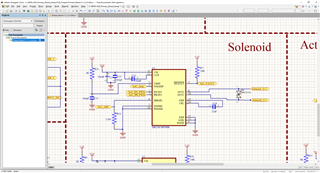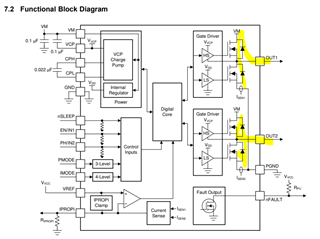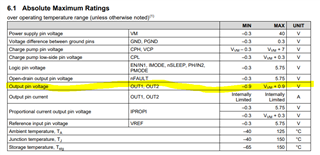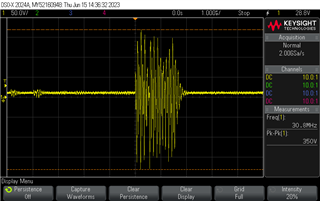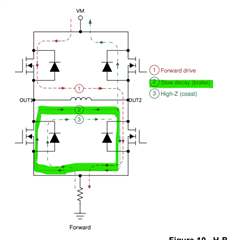Other Parts Discussed in Thread: DRV8714-Q1, DRV8718-Q1
Hello,
I am trying to figure out why the OUT1 supply of DRV8876 is getting shorted when used in the configuration as shown in the schematics below. There is a TVS diode at the output connected between OUT1 and OUT2 to suppress the back emf generated by a solenoid. After a few power up cycles the DRV8876 OUT1 is getting shorted some how.
Is this not a recommended set up with the TVS diode? I have tried using a standard diode in place of D4 whose cathode is connected to the OUT1 supply and the anode is connected to OUT2. It works fine in that configuration no failures so far.
Please have a look at the schematics and let me know your feedback.
Thanks,
